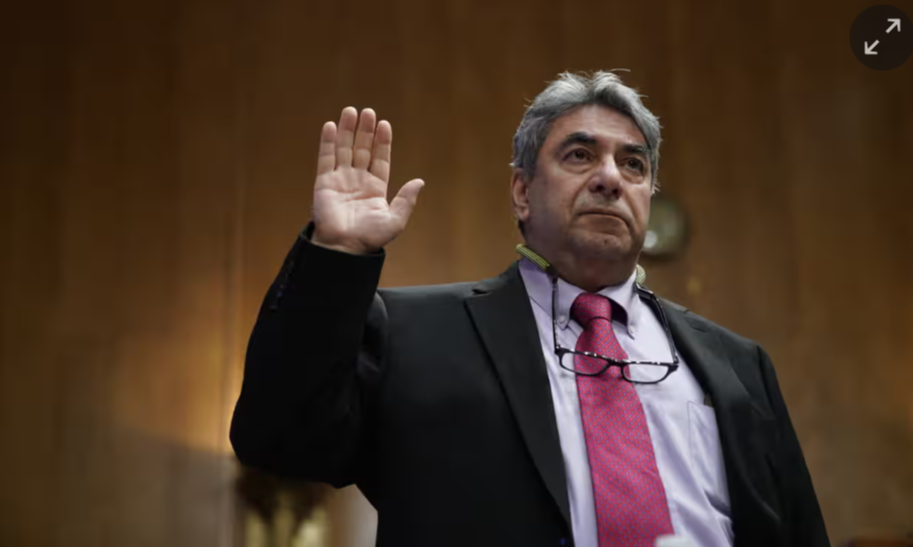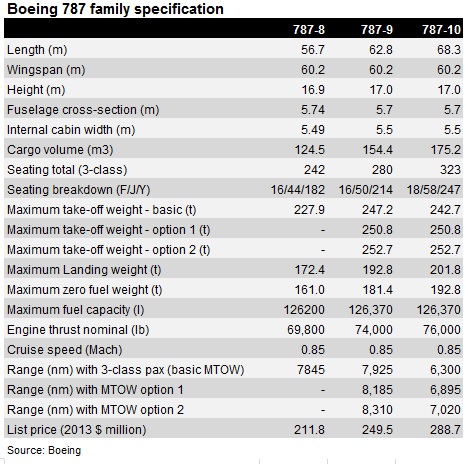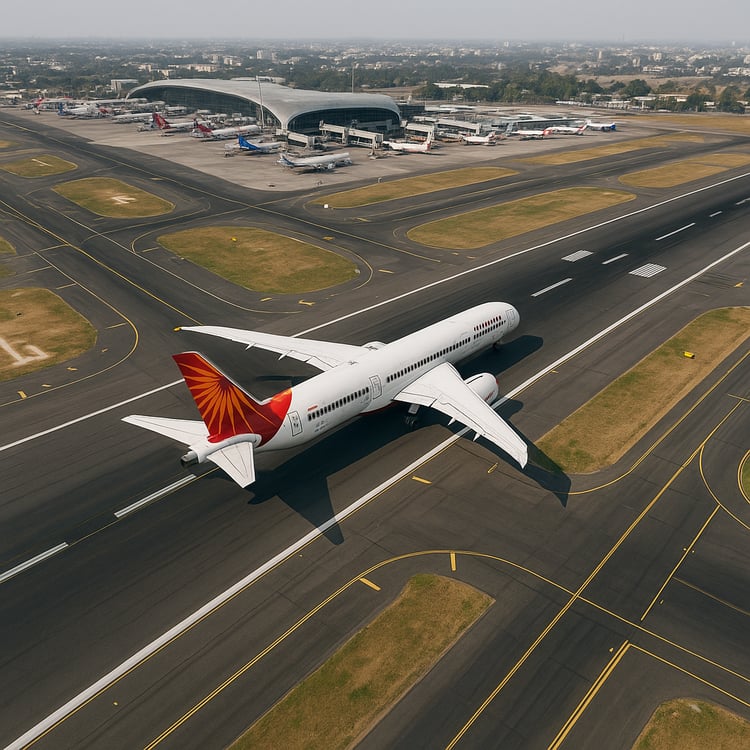In the wake of the catastrophic Air India Flight AI171 crash in June 2025, which tragically claimed over 240 lives, scrutiny on aircraft safety has intensified dramatically. Adding fuel to the growing controversy, Boeing Quality Engineer Sam Salehpour has bravely stepped forward, revealing alarming manufacturing shortcuts and systemic negligence within Boeing’s production processes, particularly concerning the Boeing 787 and 777 aircraft.

Source: https://www.theguardian.com/business/2024/apr/17/boeing-whistleblower-safety-hearing
A Voice of Warning: Boeing Whistleblower Speaks Out
In a chilling public statement, Boeing Quality Engineer Sam Salehpour voiced profound concerns about the safety of the Boeing 787 and 777 aircraft. With over 40 years of engineering experience, Salehpour explained the gravity of his decision:
“I'm not here today because I want to be here. I'm here today because I felt that I must come forward because I do not want to see another 787. I do not want to see 787 or 777 crash. I have serious concerns about the safety of these aircraft and I'm willing to take on professional risk to talk about them.”
The Hidden Dangers of Boeing’s Production Practices
Salehpour highlighted longstanding issues dating back to 2013. Boeing allegedly took alarming manufacturing shortcuts by not properly addressing thousands of critical gaps in fuselage assembly:
“Boeing's standard says these gaps must be closed, usually by a small filler called a shim when they exceed 5,000th of an inch… Boeing PR likes to call it ‘the width of a human hair.’ At 35,000 feet, details that size can mean life or death.”
According to Salehpour, Boeing applied excessive force during assembly to mask gaps rather than resolve them:
“The gaps didn't actually go away. This can result in premature fatigue failure. Effectively, they are putting out defective airplanes.”
Shockingly, Salehpour’s analysis of Boeing’s own internal data revealed a systemic disregard for safety standards:
“I found gaps exceeding the specification that were not properly addressed 98.7% of the time. I want to repeat that, 98.7% of the time.”
Additionally, drilling through these unresolved gaps created further dangers:
“Boeing data shows debris ended up in the gaps 80% of the time. Again, you have debris in the gaps 80% of the time.”

Source: https://www.flightglobal.com/analysis-why-boeings-787-9-is-more-than-just-a-stretch/113709.article
Suppressing Safety Concerns: Boeing’s Alleged Culture of Silence
Despite Salehpour's repeated efforts to alert supervisors and senior management over four years, his warnings were reportedly ignored or deliberately silenced:
“I was ignored. I was told not to create delays. I was told frankly to shut up. At one point, Boeing management got sick of me raising these issues and moved me out of the 787 program into the 777 program.”
Even after transferring, Salehpour encountered similar issues:
“On the 777 program, I found problems again. Boeing started a new process to build the airplane without considering the design of the airplane. As a result, I witnessed severe misalignment during assembly. Boeing manufacturing used unmeasured and unlimited force to correct misalignment. I literally saw people jumping on pieces of the airplane to align them. I call it the ‘Tarzan effect.’”
His attempts to speak out were met with threats and intimidation:
“Again, I raised concerns internally. I was sidelined and told to shut up. I received physical threats. My boss said, ‘I would have killed someone who said what you said in a meeting.’ This is not a safety culture when you get threatened for bringing up safety concerns.”

Source: https://www.flightglobal.com/analysis-why-boeings-787-9-is-more-than-just-a-stretch/113709.article
Echoes of Tragedy: A Personal Motivation
Drawing parallels to the Challenger shuttle disaster of 1986, Salehpour recounted how an engineer friend’s warnings about faulty O-rings were ignored, leading to tragedy:
“He raised his concerns. He wasn't heard. Seven brave astronauts, including the teacher in space, died when the Challenger O-rings ultimately failed, just as he predicted. At that moment, I knew if I were ever in a similar situation, I would have to come up and speak up.”
What’s Next? Calls for Accountability
Salehpour’s revelations raise disturbing questions about Boeing’s production standards and internal culture, pressing aviation regulators and global authorities for immediate, thorough investigations. With the memory of Air India Flight AI171 fresh, aviation safety oversight is under unprecedented scrutiny, and public trust hangs precariously in the balance.

Boeing now faces intense pressure to respond transparently and decisively to Salehpour’s allegations. Whether these revelations lead to genuine reforms or more controversy remains uncertain, but one fact is clear: ignoring safety concerns can have catastrophic consequences.
Will Boeing take ownership? And what about Air India? Who's ultimately, and truly responsible of the latest Flight AI171 crash?
Thumbnail credit to the article:
https://flic.kr/p/9HfpXi
https://www.flickr.com/photos/sota-k/5717642627

